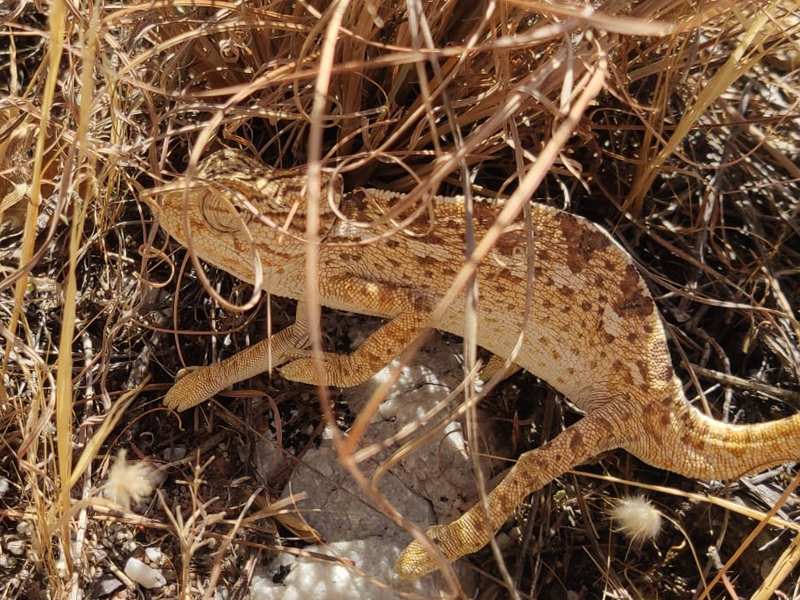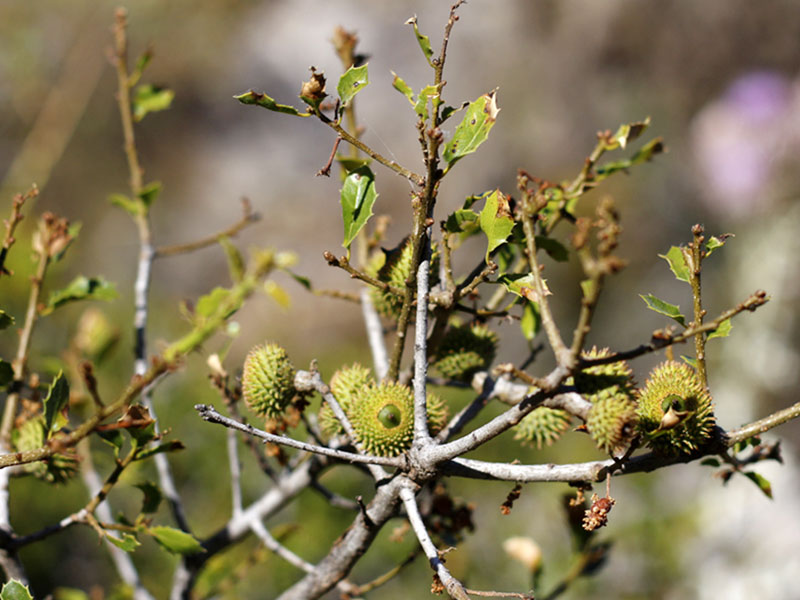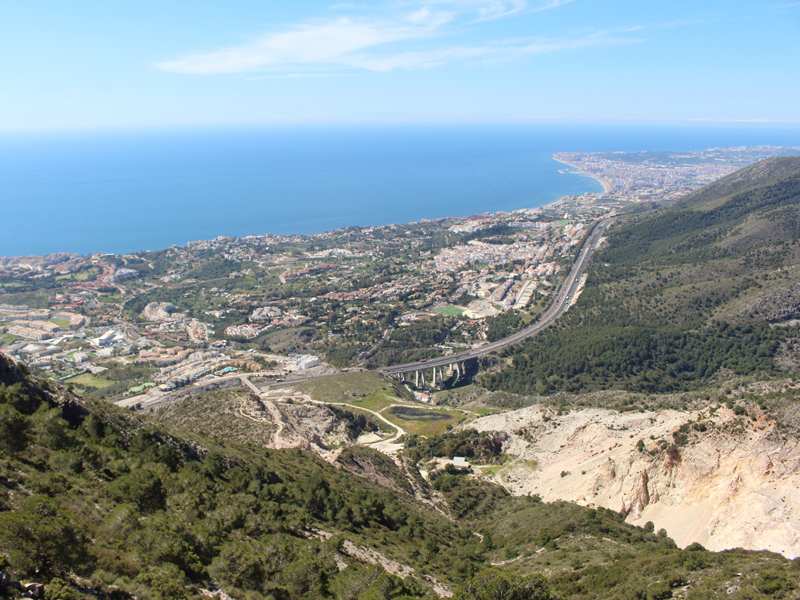Oferta: 46 € por tiempo limitado ¡solo en este enlace!
Plants and Wildlife
At the top of Monte Calamorro, at an altitude of over 770 metres, you can enjoy the diversity of the Mediterranean's unique ecosystem, along with the typical plants and animals found in this singular landscape, some of which are native to the area and have been exploited by the different civilisations that have populated it, some continuing up to the present day.
In addition, you can see how the different civilisations that have populated the area have left their mark on the environment, taking advantage of the favourable climate, the plentiful water and the fertility of the land. Would you believe that, on this same mountain, Palaeolithic paintings have been found in the cave known as Cueva del Toro?
Mount Calamorro’s fauna
On the summit, you are likely to see mountain goats, as they often wander up to the scenic lookout points. With a bit of luck, you may spot some wild boar tracks on the paths along the mudflats where they love to wallow or, perhaps, some fox droppings, as these two are the main mammals that inhabit the Sierra de Mijas.
In the sky, insectivorous and granivorous birds can be easily heard and observed, as well as other larger birds of prey, such as the Golden Eagle or, more frequently at night, Little, Tawny and Eagle Owls. What's more, you can enjoy incredible flying displays by falcons, vultures, eagles and owls at the Birds of Prey Presentation run by the Valle de las Águilas Foundation, as well as learning about the legendary art of Falconry, which has been designated an Intangible Cultural Heritage by UNESCO.
Some of the most iconic reptiles found in the Benalmádena mountain range are the Chameleon, the Snub-nosed viper, the Ocellated lizard and several other species of lizards, whilst in the dampest and darkest corners, amphibians such as toads, common frogs or salamanders can be spotted.

Mediterranean plants
The summit of Monte Calamorro is a unique place close to the Benalmádena coast where you can enjoy native species belonging to the Mediterranean ecosystem, which is unlike any other in the world. Some plants have adapted to drought and sun exposure and you will see how they have small, often spiny, leaves to prevent water loss, as well as strong roots that penetrate the soil in search of moisture. Conversely, you may notice that plants that have adapted to places where there is a lot of rain and little sunlight have larger leaves in order to increase the surface area that captures the light needed for photosynthesis.
Some typical species here are palmetto, rosemary, thyme, gorse, marjoram and zahareña, many of which are aromatic plants used in cooking or as home remedies in traditional medicine and have been known for their beneficial properties since ancient times.. For example, the Kermes oak (Quercus coccifera) is a dense, bushy, thorny shrub with bitter acorns and a hood with protruding, prickly scales, containing tannins in its bark and root, which were used for tanning hides and dyeing hair in ancient Greece.

Alteration and use of the ecosystem
Although part of the environment was degraded by the felling of Holm oak and Carob tree forests to produce charcoal at the end of the 19th century, there are still examples of Holm, Kermes and Portuguese oaks, as well as Cork oaks, a tree from the genus Querqus, which is economically important to the region thanks to the extraction of cork from its trunk. Recently, frequent fires in the area have hit the pine forests and Mediterranean scrubland very hard, particularly the Aleppo pine (Pinus halepensis), which is especially important due to its resistance to drought, its ability to survive in soils that are poor in nutrients and its great capacity for regeneration: at high temperatures, its cones release their seeds to ensure the growth of new trees and, therefore, the survival of the species. These trees are essential to our forests!
On the other hand, the nearby quarries that can be seen from the scenic lookout points at the top of Monte Calamorro not only represent a major impact on the landscape but also cause the destruction of ecosystems and the disappearance of fauna and flora. Projects are currently underway to repopulate these areas once the extraction of white dolomite and blue marble has ended. Due to the richness of the soil, there are also lead, silver, iron, zinc and quartz mines, as well as an old ochre mine that is more than 200 metres deep and contains stalactites and stalagmites!


